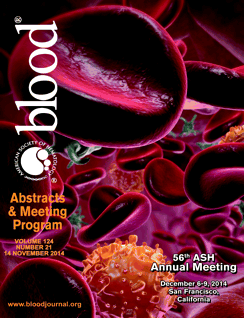Background
Hydroxyurea (HU) is an oral chemotherapeutic agent that has been used for the treatment of sickle cell anemia (SCA) and many other conditions. Although the efficacy of HU has been established in SCA, there is ambiguity regarding the long-term adverse events of this treatment. As significant risk such as secondary malignancies or myelodysplastic syndrome (MDS) have been linked to this drug but occur in small numbers across the various indications, we planned to pool the results from HU studies used in many conditions (excluding malignant and premalignant diseases) to obtain much wanted risk estimates.
Objectives
To evaluate the long-term safety (carcinogenicity) of HU therapy in people with SCA or any benign diseases (excluding malignant and premalignant diseases) of any age.
Search strategy
We searched MEDLINE, EMBASE, Cochrane Central Register of Controlled Trials (CENTRAL), ongoing trials registers, and major preceding conferences. Hand searches were also conducted using reference lists from primary studies. All searches were updated to May 25 2014.
Selection criteria
Randomized controlled trials (RCTs) and observational studies (sample size ≥ 20 and mean/median follow up ≥ 2 years) assessing the toxicity of HU for the treatment of patients with any benign diseases were included.
Data collection and analysis
Two authors acted as reviewers and independently completed the search process, selected the studies, assessed study quality, and extracted data from the included studies. Authors of included studies were contacted if further information was required. Since the majority of the included studies were single-arm design with no control groups, the effect size was estimated as a proportion (events over patient-years on HU) and reported as overall cancer risk (OCR) for the included studies. All data was analyzed using comprehensive meta-analysis (CMA), version 2.0.
Main results
A total of 37 studies (3 RCTs and 34 observational studies) involving 3278 patients were included. We identified four benign diseases where HU has been used ≥ 2 years and met the inclusion criteria. These include SCA (26 studies), β-thalassemia (9 studies), cyanotic congenital heart diseases (one study), and renal stones (one study).
HU was not associated with increased risk of cancers in the treated group with OCR of 0.2% (95% CI, 0.0-0.3%). Further to that, 12 studies or extension studies with ≥ 5 year follow up on HU showed stable result of 0.2%. This weighted effect size represent cancer incidence rate of 2 per 1000 which is not higher than the most recent published cancer incidence rate for all African-American or Whites, US 2005-2009 period. Acknowledging the differences between the two rates and they are not meant to be direct comparison, a useful representation can be extracted from them.
Overall, there were 7 cases of malignancy/MDS were identified post relatively long-term use (≥ 2years) of HU in 3278 patients.
In the narrative review, we identified another 13 cases of malignancies post HU use in hemoglobinopathy as described by different case reports and studies that did not meet our inclusion criteria with majority have been leukemia.
The majority of the included studies had several limitations, such as small sample size, lack of comparison group, under-reporting of data and methods, and the majority having been observational studies.
Authors’ conclusion
The use of HU in treating patients with hemoglobinopathies does not appear to be associated with increase risk of secondary malignancies nor MDS despite being used for relatively long-term courses. However, ongoing long-term studies as well as updated national and international registries and other types of large database are highly needed to further consolidate this finding.
Off Label Use: Hydroxyurea for management of β-Thalassemia, Cyanotic congenital heart diseases, Renal stones, or Children with sickle cell anemia..
Author notes
Asterisk with author names denotes non-ASH members.

